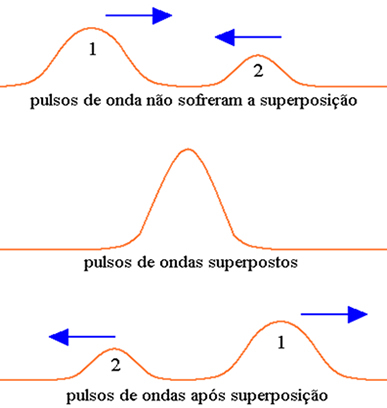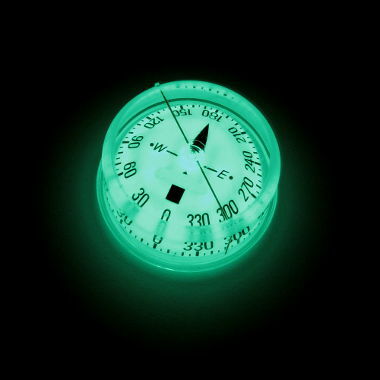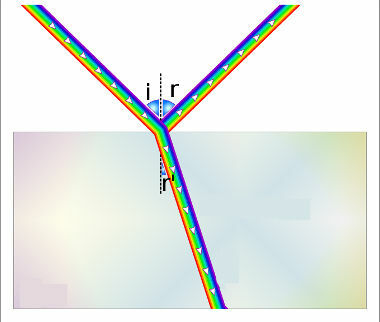Suppose we have a rope with a fixed end and a free end. If we take the free end and make an up and down movement with the rope, we will see the formation of waves that propagate on it. If by chance two people pick up a rope and at both ends start to make an up and down movement, we will see the formation of waves that propagate in the same direction. But what happens when these waves meet? The phenomenon we call wave interference.
Thus, we can say that when two or more waves reach a common point of a medium at the same time, the phenomenon of interference, that is, the waves overlap at that point, originating an effect that is the result of the algebraic sum of the amplitudes of all perturbations at the superposition site. Understanding it was only possible with the formulation of the Superposition Principle, by Thomas Young.
Young, at the turn of the 18th to the 19th century, devised an experiment known as the experiment. of the two slits, in which it made a light beam interfere with itself, after being diffracted by a pair of cracks.
What happens when two pulses cross in the middle of the propagation path?
Do not stop now... There's more after the advertising ;)
At points where superposition occurs, the resulting effect is the sum of the effects that would be produced by the overlapping waves, if they reached that point in isolation. After superposition, each wave continues its propagation in the medium, with its properties unchanged. Let's look at the figures below.


The phenomenon of superposition of the effects of crossing waves is called interference. We can have two types of interference: a constructive and the destructive. Look at the figure below:

In constructive interference there is a reinforcement of the wave, and the amplitude of the resulting wave is greater than the amplitude of each of the overlapping waves.
In the case of destructive interference, there is a cancellation of the wave, being this cancellation total or partial, and the resulting wave amplitude is less than at least one of the wave amplitudes that overlap. When totally destructive interference occurs, the medium does not show the effect of the disturbances, the point remaining in equilibrium as long as the superposition lasts.
By Domitiano Marques
Graduated in Physics
Would you like to reference this text in a school or academic work? Look:
SILVA, Domitiano Correa Marques da. "Wave interference"; Brazil School. Available in: https://brasilescola.uol.com.br/fisica/interferencia-ondas.htm. Accessed on June 27, 2021.



